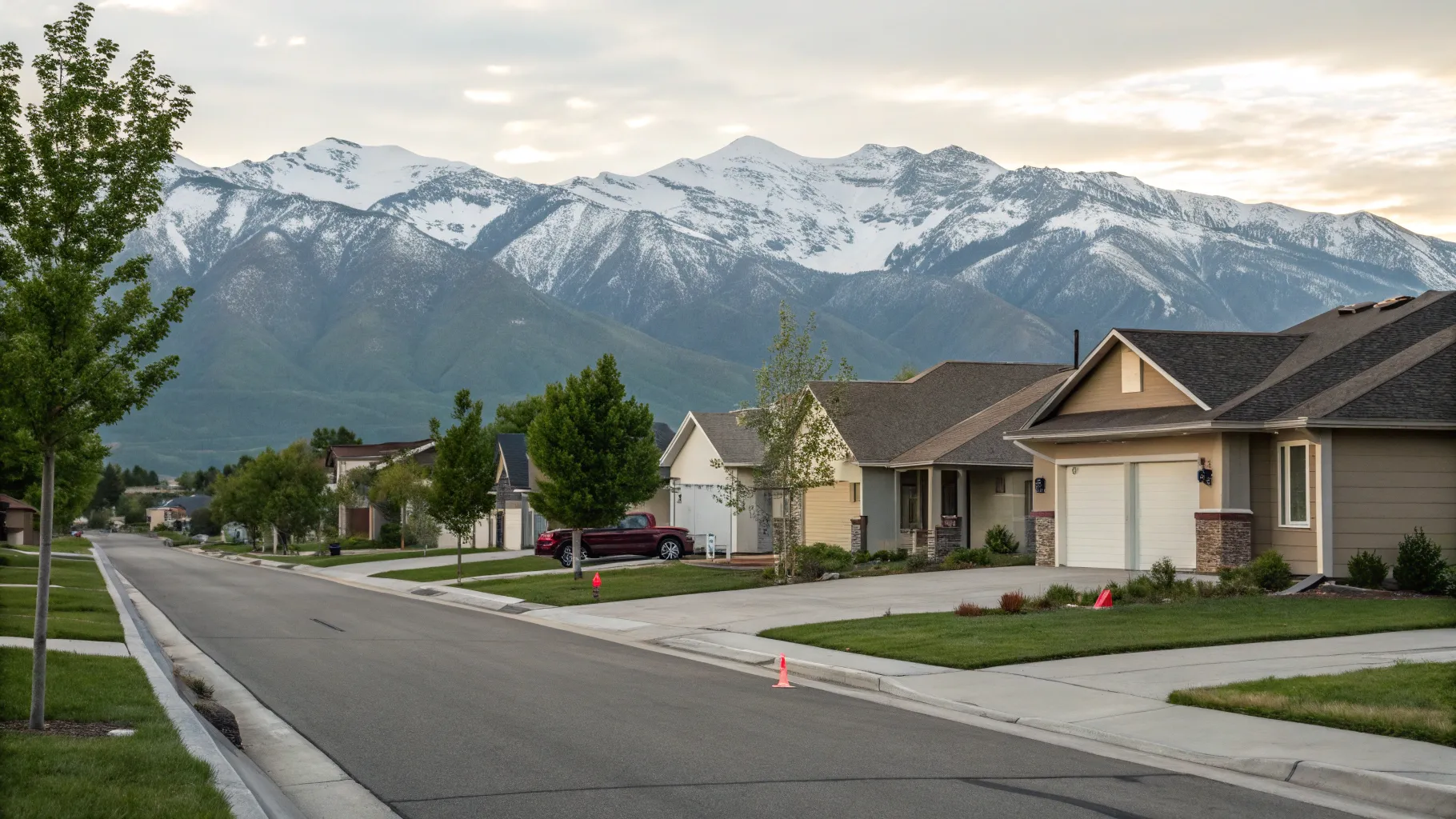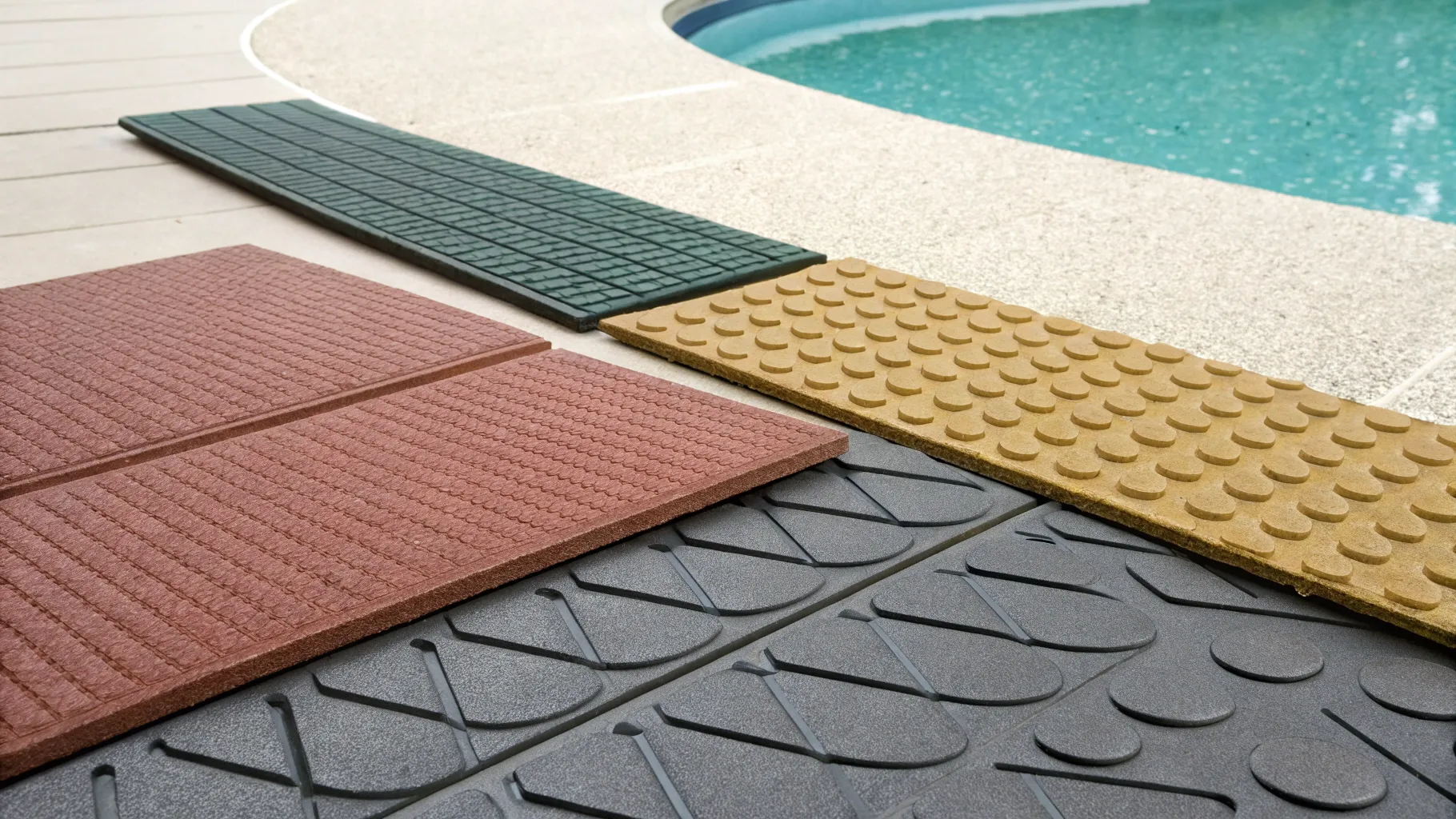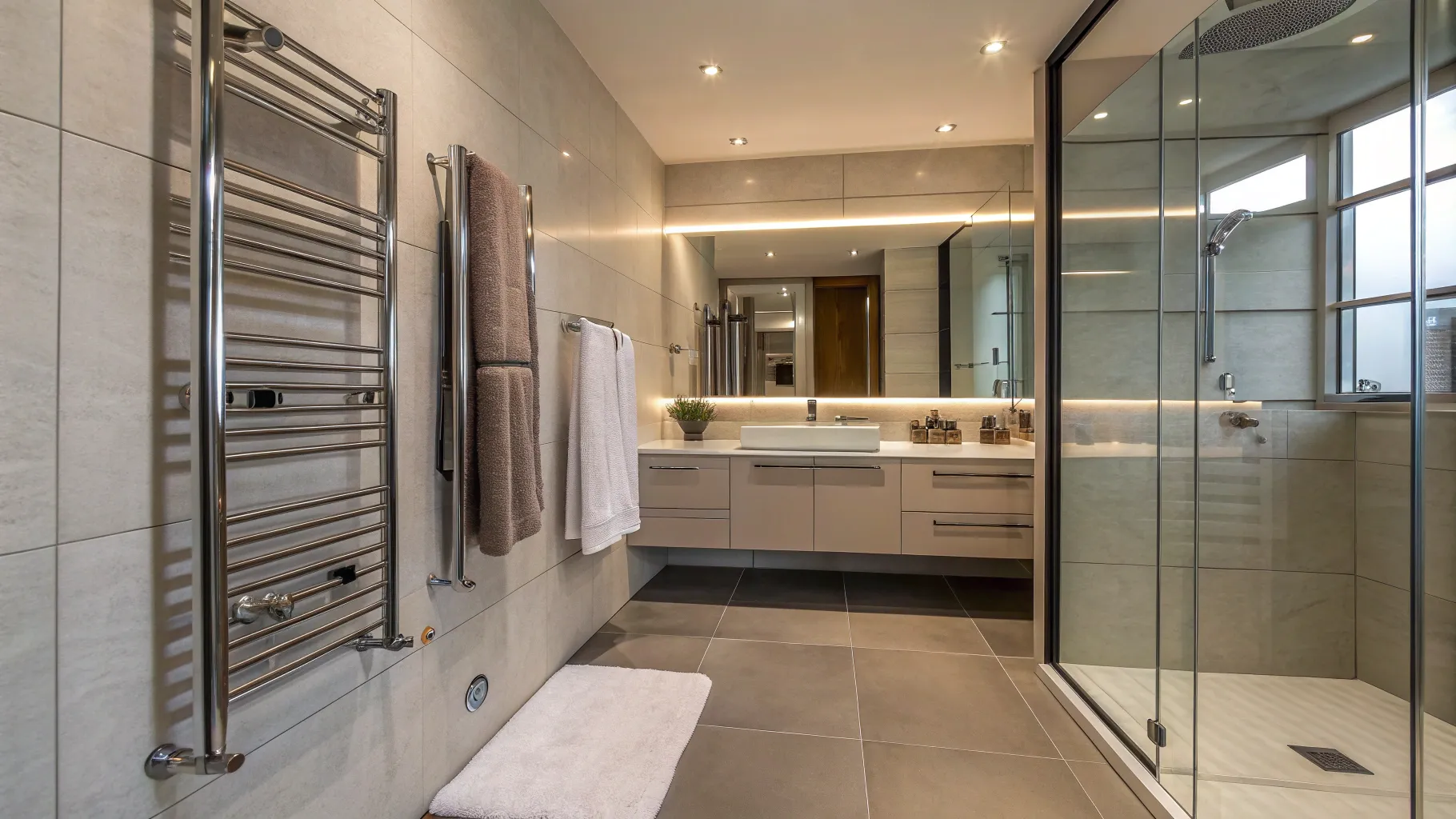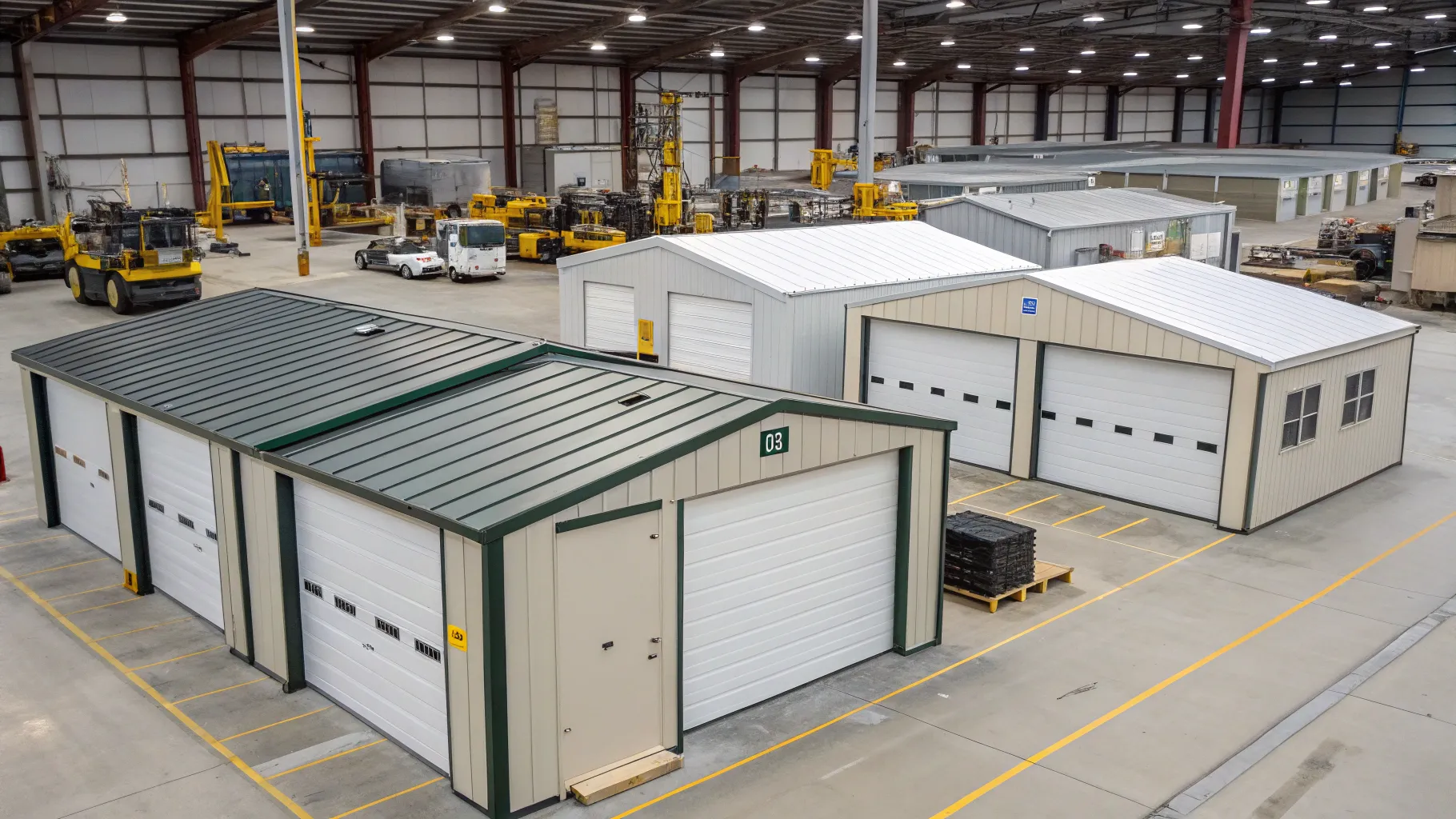
When you look at the American landscape today, prefabricated structures are everywhere—tiny homes, modular offices, and especially garages. Yet, the journey of prefabricated garages in the United States is more than a story of convenience and cost savings. It’s also a reflection of cultural shifts, technological advancements, and changing lifestyles. From simple utility buildings on rural farms to stylish, customizable extensions of suburban homes, these garages have come a long way.
At one point, they were viewed as strictly functional sheds. Today, they are more than just storage solutions—they often add value to a property, provide additional workspace, or even double as hobby zones. And with prefab garages for sale now available in endless configurations, what once started as a purely practical idea has become an integral part of modern homeownership.
Early beginnings: the rise of prefabrication in America
The concept of prefabrication in the U.S. gained traction during the late 19th and early 20th centuries. Railroads made it possible to ship pre-cut lumber kits across the country. Companies sold entire house kits that could be assembled on-site, often marketed to settlers moving westward. These kits were the forerunners of prefab garages, showing Americans that efficiency and affordability could go hand in hand.
Initially, garages themselves weren’t even part of the discussion. Automobiles were a luxury, and many early owners stored their cars in converted barns or carriage houses. As cars became more accessible in the 1910s and 1920s, the need for purpose-built storage grew rapidly. Prefabrication was the obvious solution: cost-effective, practical, and easy to set up.
The car boom and the demand for garages
By the 1920s, the car had transformed from a luxury to a household necessity. With Henry Ford’s Model T rolling off assembly lines, families across the U.S. needed a place to store their vehicles safely. Building a permanent garage out of brick or concrete wasn’t feasible for everyone, especially in rural areas. Prefabricated garages filled that gap perfectly.
These early prefab garages were simple, single-car units made from wood panels. They were affordable, relatively durable, and shipped by catalog companies. Families could order a garage the same way they ordered a sewing machine or a bicycle. The rise of these ready-to-build structures symbolized the merging of America’s growing car culture with its love of efficiency.
World War II and the prefab revolution
The years surrounding World War II reshaped the prefab industry. Material shortages during the war forced manufacturers to innovate, using steel and other readily available resources. Once the war ended, suburban expansion boomed. Returning soldiers fueled housing demand, and prefab garages quickly became part of the suburban dream.
Steel prefab garages emerged as a durable and fire-resistant alternative to wood. Companies promoted them as modern, low-maintenance solutions. This period cemented prefab garages as not just temporary structures but long-term additions to homes.
The suburban dream: garages as a lifestyle marker
From the 1950s through the 1970s, garages became more than just parking spaces. They were symbols of middle-class success, tied closely to suburban culture. Two-car garages became common, reflecting the rise of multi-car households.
Prefab garages evolved in design and function during this era. Many were marketed not only as car storage but also as flexible spaces—workshops, recreational areas, and even places for teenagers to hang out. It was during this time that garages started to represent a lifestyle choice, not just utility.
Explore Utah Real Estate
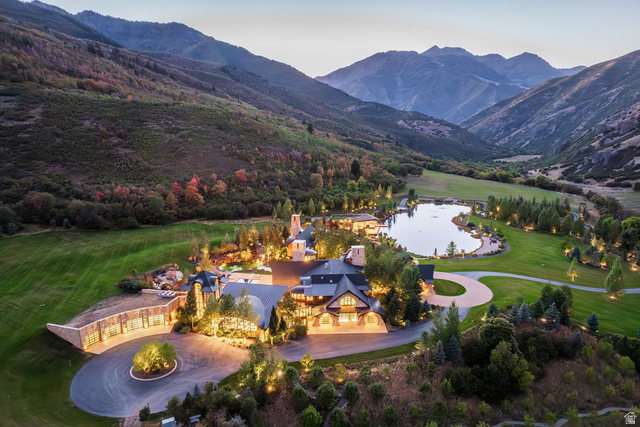
5618 E SOUTH FORK RD, Provo, UT
$43,000,000
Bedrooms: 6 Bathrooms: 10 Square feet: 22,958 sqft
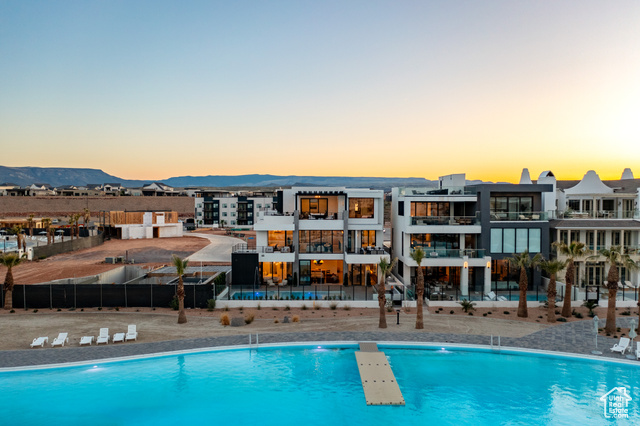
864 W SAPPHIRE SKY LN #546, St George, UT
$4,300,000
Bedrooms: 7 Bathrooms: 9 Square feet: 5,136 sqft
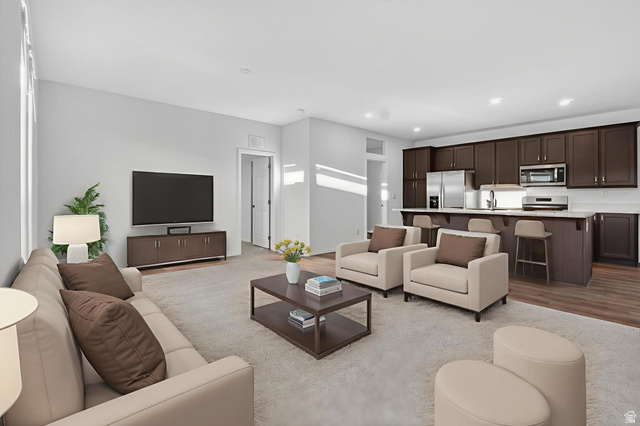
1700 W 2700 N #36, Pleasant View, UT
$230,000
Bedrooms: 4 Bathrooms: 2 Square feet: 2,100 sqft
Changing materials and modern designs
As construction technology advanced, so did the prefab garage industry. By the late 20th century, vinyl and aluminum siding allowed for garages that matched the look of a home. Consumers could choose colors, rooflines, and finishes, making garages blend seamlessly with residential properties.
Today, customization is at the core of prefab design. From rustic barn-style exteriors to sleek modern metal structures, garages reflect personal taste as much as function. Companies like storageshedsandgarages.com make it possible for homeowners to browse countless options online, order the perfect fit, and have it installed with minimal hassle.
Why prefab garages continue to thrive
The enduring popularity of prefabricated garages in the U.S. comes down to a few key advantages:
-
Cost-effectiveness compared to traditional construction
-
Quick installation that saves time and labor
-
Portability for homeowners who may relocate
-
Flexibility in design and use
-
Increased property value with minimal investment
This combination ensures that prefab garages remain relevant even as housing trends shift.
Modern uses beyond storage
While cars remain central, modern prefab garages serve many purposes. Homeowners transform them into:
More Properties You Might Like
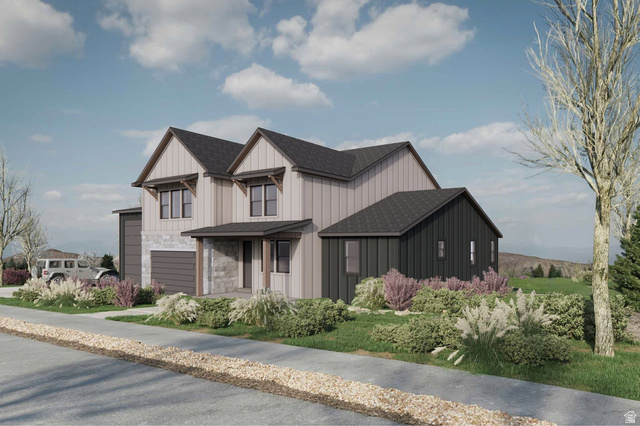
850 LAZY WAY #8, Francis, UT
$1,300,000
Bedrooms: 4 Bathrooms: 4 Square feet: 2,755 sqft

La Casa Cir, St George, UT
$575,500
Square feet: 14,391 sqft
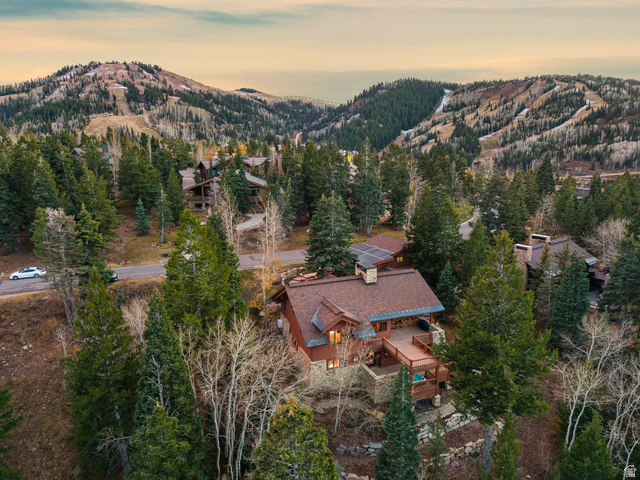
7665 STERLING DR, Park City, UT
$6,100,000
Bedrooms: 5 Bathrooms: 6 Square feet: 4,975 sqft
In some cases, garages even serve as rental units, tapping into the accessory dwelling unit (ADU) trend sweeping across the U.S.
A look into the future
The future of prefab garages is tied to sustainability and smart design. As eco-conscious building materials gain popularity, expect more garages built from recycled steel, energy-efficient insulation, and solar-ready roofs. Smart technology is also making its way into prefab designs, with remote-controlled doors, built-in charging stations for electric vehicles, and integrated security systems.
As American lifestyles evolve, prefab garages will continue to adapt. What began as a practical solution for protecting cars has grown into a versatile category of structures that meet a wide range of needs.
The history of prefabricated garages in the U.S. is more than a story of storage—it’s a timeline of changing needs, technological innovation, and cultural shifts. From early wood-panel kits to today’s customizable, eco-friendly designs, prefab garages have consistently provided affordable, flexible solutions for American families. And as long as homes evolve and lifestyles change, these garages will continue to be built, upgraded, and reimagined for generations to come.









